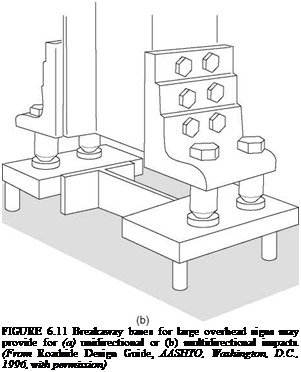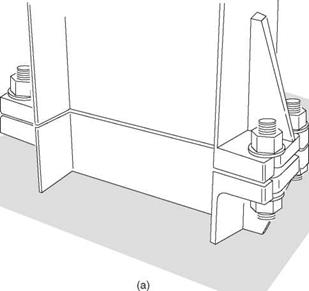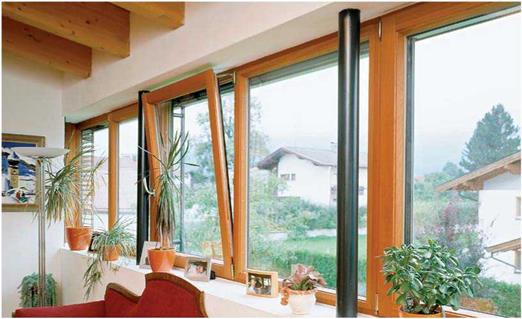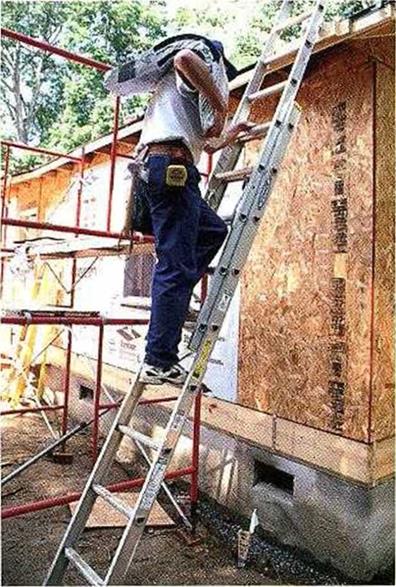Supports for Traffic Signals and Service Devices
Supports for traffic signals are not usually of the breakaway type, because of the potential consequences of the loss of the signal at an intersection. Supports in the clear
|
|
 |
zone should be shielded. Call boxes can often be located behind existing barriers, but a breakaway support is an option. The call box should be securely attached to its support to prevent windshield penetration if dislodged. At highway-railroad crossings, highway and railroad officials should cooperate in deciding on the types of warning devices needed, such as crossbucks, flashing lights, or gates. If the support for the device is located in the clear zone, consider shielding it with a crash cushion. There is seldom room for a longitudinal barrier...
read more








 The Portland demonstration subdivision was arranged in clusters of four detached units. The city allowed one 1 1/2-inch PVC water line to run from the main to each cluster and 3/4-inch PVC from there to each unit. This was instead of one 1-inch line from the main to each unit. Cost savings amounted to $32 per unit.
The Portland demonstration subdivision was arranged in clusters of four detached units. The city allowed one 1 1/2-inch PVC water line to run from the main to each cluster and 3/4-inch PVC from there to each unit. This was instead of one 1-inch line from the main to each unit. Cost savings amounted to $32 per unit.


![The Nimes Aqueduct and the Pont du Gard[242] Подпись: Figure 6.14 The Roman aqueduct of Nimes (after Fabre, Fiches, Leveau, Paillet, 1992).](/img/1312/image095_7.gif)
![The Nimes Aqueduct and the Pont du Gard[242] The Nimes Aqueduct and the Pont du Gard[242]](/img/1312/image096_2.jpg)